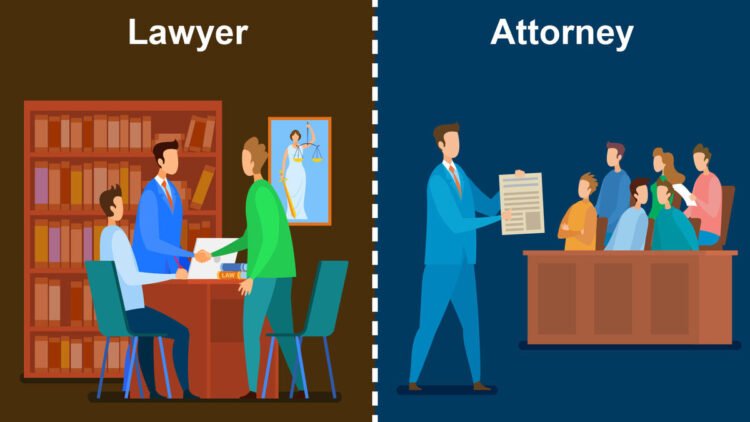
-
FAQ about Regulation of Deepfakes
- What are deepfakes?
- Why are deepfakes a concern?
- What is the current state of deepfake regulation?
- What are the challenges to regulating deepfakes?
- What are some proposed solutions to regulating deepfakes?
- What is the role of technology companies in deepfake regulation?
- What can individuals do to protect themselves from deepfakes?
- What is the future of deepfake regulation?
- What are the ethical concerns with deepfake regulation?
- How can we balance the need for deepfake regulation with the protection of free speech?
**# Regulation of Deepfakes: Ensuring Responsible Use in the Digital Age**
## Introduction
Greetings, readers! Welcome to our in-depth exploration of the evolving landscape of deepfakes and their intricate relationship with regulation. As technology continues to advance at an unprecedented pace, so does the need for thoughtful and effective measures to guide the responsible use of deepfakes. In this comprehensive article, we will delve into the various facets of deepfake regulation, examining current approaches and exploring future implications.
## Definition and Significance of Deepfakes
Deepfakes are a form of artificial intelligence (AI) that allows for the creation of highly realistic forged videos or images. By utilizing machine learning algorithms, deepfakes can seamlessly manipulate people’s appearances, voices, and actions, creating a potentially disruptive and even dangerous tool. Recognizing the significant impact deepfakes can have on society, regulators worldwide are grappling with the challenges of effectively regulating this emerging technology.
## Current Regulatory Approaches to Deepfakes
### International Initiatives
Various international organizations, such as the Council of Europe and the United Nations, have acknowledged the need for global cooperation in regulating deepfakes. They have adopted resolutions and frameworks that aim to foster collaboration and information sharing among countries. These initiatives provide guidance on ethical considerations, legal implications, and potential policy responses to mitigate the risks associated with deepfakes.
### National Legislations
Several countries have enacted or are considering specific laws to address the use of deepfakes. For example, the United Kingdom has introduced the Online Safety Bill, which criminalizes the creation and distribution of deepfakes that pose a threat to individuals or society. Germany has also amended its criminal code to include provisions that target deepfake-related offenses.
## Challenges and Future Considerations
### Detection and Verification
One of the significant challenges in regulating deepfakes is effectively detecting and verifying their authenticity. As AI technology advances, so too does the sophistication of deepfakes, making it increasingly difficult to distinguish them from real content. Researchers are actively exploring techniques for deepfake detection, but a foolproof method remains elusive.
### Freedom of Expression versus Harm Prevention
Regulation of deepfakes raises complex questions regarding freedom of expression and the need to prevent potential harm. While deepfakes can be used for legitimate purposes, such as satire or entertainment, they also have the potential to be used for malicious purposes, such as spreading disinformation or tarnishing reputations. Balancing these competing interests is a delicate task that requires careful consideration.
## Practical Implications of Deepfake Regulation
### Impact on Digital Platforms
Deepfake regulation has significant implications for digital platforms that host and distribute user-generated content. Platforms may face increased legal liability if they fail to take adequate measures to prevent the spread of harmful deepfakes. Consequently, platforms may need to invest in robust content moderation systems and implement stricter policies regarding deepfake detection and removal.
### Technological Countermeasures
In addition to legal regulations, technological countermeasures also play a crucial role in combating the proliferation of deepfakes. Researchers are developing tools that can help identify deepfakes with greater accuracy. These tools can be integrated into existing content moderation systems to enhance their effectiveness.
## Conclusion
The regulation of deepfakes is an ongoing and complex process that involves a delicate balance between protecting individual rights and ensuring the responsible use of technology. As technology continues to evolve, so too must regulatory frameworks adapt to stay ahead of potential threats and protect society from the potential misuse of deepfakes.
We encourage our readers to explore our other articles on deepfakes and AI to stay informed about this rapidly changing field. Together, we can contribute to a future where deepfakes are used for positive purposes and society is shielded from their potential harms.
## Table: Key Deepfake Regulations Worldwide
| Country/Region | Legislation | Key Provisions |
|—|—|—|
| United Kingdom | Online Safety Bill | Criminalizes creation and distribution of harmful deepfakes |
| Germany | Amended Criminal Code | Includes provisions targeting deepfake-related offenses |
| European Union | Digital Services Act | Requires platforms to take measures against illegal content, including deepfakes |
| United States | Pending legislation | Proposals for federal regulation of deepfakes are under consideration |
| China | Cybersecurity Law | Restricts the use of deepfakes that could harm national security or public order |
| Australia | Pending legislation | Proposals for deepfake regulation are currently being debated |
FAQ about Regulation of Deepfakes
What are deepfakes?
- Deepfakes are synthetic media created using artificial intelligence (AI) to manipulate images or videos, making it appear as if a person has said or done something they did not.
Why are deepfakes a concern?
- Deepfakes can be used to spread misinformation, damage reputations, or even interfere with elections.
What is the current state of deepfake regulation?
- There are currently no specific laws or regulations governing deepfakes. However, some existing laws may be used to address the misuse of deepfakes, such as copyright infringement or defamation laws.
What are the challenges to regulating deepfakes?
- Deepfakes are difficult to detect, and it can be challenging to prove that a particular deepfake is harmful. Additionally, free speech concerns make it difficult to regulate deepfakes without infringing on people’s right to express themselves.
What are some proposed solutions to regulating deepfakes?
- Proposed solutions include requiring deepfake creators to label their work, creating a national deepfake registry, or imposing civil or criminal penalties for the misuse of deepfakes.
What is the role of technology companies in deepfake regulation?
- Technology companies can help by developing tools to detect and remove deepfakes, providing users with information about deepfakes, and working with law enforcement to investigate and prosecute deepfake misuse.
What can individuals do to protect themselves from deepfakes?
- Individuals can be aware of the existence of deepfakes, be critical of the information they see online, and report any suspected deepfakes to law enforcement.
What is the future of deepfake regulation?
- The future of deepfake regulation is uncertain. However, it is likely that new laws and regulations will be developed to address the challenges posed by deepfakes.
What are the ethical concerns with deepfake regulation?
- Deepfake regulation can raise ethical concerns, such as the potential for censorship and the suppression of legitimate expression.
How can we balance the need for deepfake regulation with the protection of free speech?
- Balancing the need for deepfake regulation with the protection of free speech is a complex challenge. It requires a careful consideration of the harms caused by deepfakes, the effectiveness of regulation, and the potential for unintended consequences.





